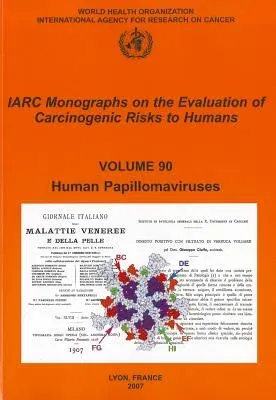Human PapillomavirusesPaperback, 27 December 2007

Qty
1
Turbo
Ships in 2 - 3 days
Only 2 left
Free Delivery
Cash on Delivery
15 Days
Free Returns
Secure Checkout

Part of Series
IARC Monographs on the Evaluation of the Carcinogenic Risks
Part of Series
IARC Monographs on the Evaluation of Carcinogenic Risks to Humans (Paperback)
Part of Series
Medicine
Print Length
678 pages
Language
English
Publisher
World Health Organization
Date Published
27 Dec 2007
ISBN-10
9283212908
ISBN-13
9789283212904
Description
Product Details
Book Format:
Paperback
Country of Origin:
CH
Date Published:
27 December 2007
Dimensions:
23.88 x
17.02 x
3.56 cm
ISBN-10:
9283212908
ISBN-13:
9789283212904
Language:
English
Pages:
678
Publisher:
Series:
Weight:
1133.98 gm